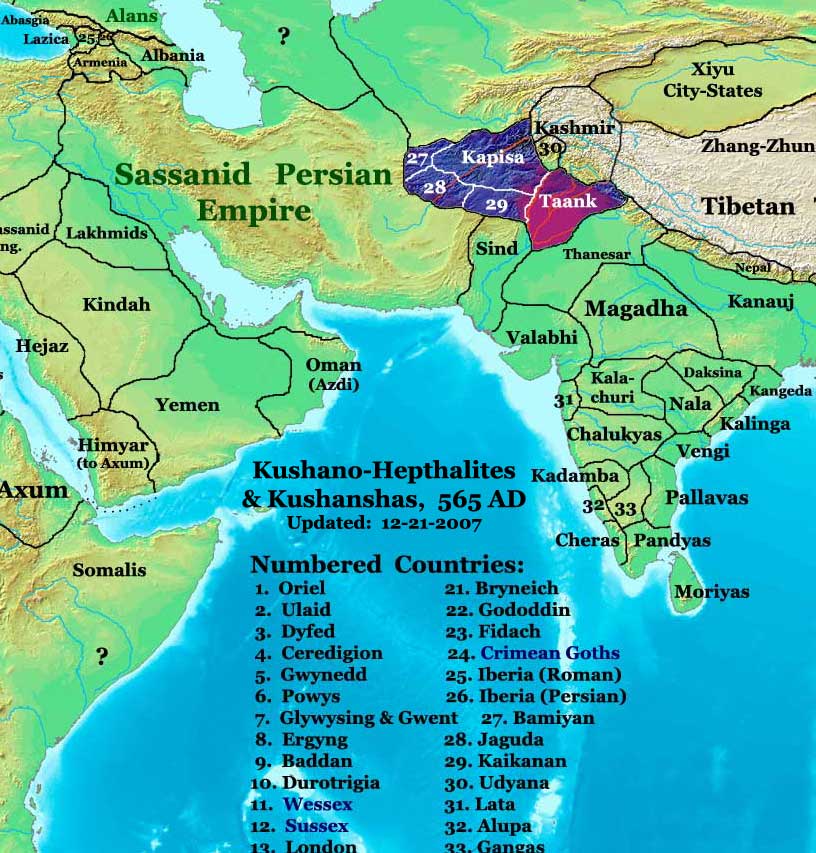|
Chong Kumdang Ri
Chong Kumdang Ri ''(or Chong Kumdang Ri I & II)'' are two of the highest mountains in the mountain group which are located in the north of Mamostong Kangri in Rimo Karakoram sub-range in the west of the Transhimalaya. Location Chong Kumdang Ri massif has two prominent peaks. * ''Chong Kumdang Ri I'' is at above sea level. The prominence is at . * ''Chong Kumdang Ri II'' is at above sea level Height above mean sea level is a measure of a location's vertical distance (height, elevation or altitude) in reference to a vertical datum based on a historic mean sea level. In geodesy, it is formalized as orthometric height. The zero level .... The prominence is at . References Mountains of the Transhimalayas Seven-thousanders of the Transhimalayas Mountains of Ladakh {{Ladakh-geo-stub ... [...More Info...] [...Related Items...] OR: [Wikipedia] [Google] [Baidu] |
Ladakh
Ladakh () is a region administered by India as a union territory and constitutes an eastern portion of the larger Kashmir region that has been the subject of a Kashmir#Kashmir dispute, dispute between India and Pakistan since 1947 and India and China since 1959.The application of the term "administered" to the various regions of Kashmir and a mention of the Kashmir dispute is supported by the WP:TERTIARY, tertiary sources (a) through (e), reflecting WP:DUE, due weight in the coverage. Although "controlled" and "held" are also applied neutrally to the names of the disputants or to the regions administered by them, as evidenced in sources (h) through (i) below, "held" is also considered politicised usage, as is the term "occupied", (see (j) below). (a) (subscription required) Quote: "Kashmir, region of the northwestern Indian subcontinent ... has been the subject of dispute between India and Pakistan since the partition of the Indian subcontinent in 1947. The northern and wester ... [...More Info...] [...Related Items...] OR: [Wikipedia] [Google] [Baidu] |
Mamostong Kangri
Mamostong Kangri or Mamostang Kangri, surveyed as K35, is the highest peak in the remote Rimo Muztagh, a subrange of the Karakoram range in Ladakh union territory of India. It is located about 30 km east-southeast of the snout of the Siachen Glacier. It is the 48th-highest independent peak in the world (using a 500m prominence cutoff). The South Chong Kumdan, Kichik Kumdan ( Thangman Kangri), Mamostong, and South Terong Glaciers all head on the slopes of Mamostong Kangri. Mamostong Kangri has not seen a great deal of visitation due to its remote location and the unsettled political and military situation in the region. The first European exploration of the peak was in 1907 by Arthur Neve and D. G. Oliver. The first ascent was made in 1984 by an Indo-Japanese expedition, via the Northeast Ridge, after a complicated approach. The summit party comprised N. Yamada, K. Yoshida, R. Sharma, P. Das, and H. Chauhan. ThHimalayan Indexlists four additional ascents of this peak; ... [...More Info...] [...Related Items...] OR: [Wikipedia] [Google] [Baidu] |
Transhimalaya
The Trans himalaya (also spelled Trans-Himalaya), or "Gangdise – Nyenchen Tanglha range" ( zh, s=冈底斯-念青唐古拉山脉, p=Gāngdǐsī-Niànqīngtánggǔlā Shānmài), is a mountain range in China, India and Nepal, extending in a west–east direction parallel to the main Himalayan range. Located north of Yarlung Tsangpo river on the southern edge of the Tibetan Plateau, the Transhimalaya is composed of the Gangdise range to the west and the Nyenchen Tanglha range to the east. The name ''Transhimalaya'' was introduced by the Swedish geographer Sven Hedin in early 20th century. The Transhimalaya was described by the ''Columbia Lippincott Gazetteer'' in 1952 as an "ill-defined mountain area" with "no marked crest line or central alignment and no division by rivers." On more-modern maps the Kailas Range (Gangdise or Kang-to-sé Shan) in the west is shown as distinct from the Nyenchen Tanglha range in the east. Geology The Transhimalayas are geologically distinct f ... [...More Info...] [...Related Items...] OR: [Wikipedia] [Google] [Baidu] |
Above Sea Level
Height above mean sea level is a measure of a location's vertical distance (height, elevation or altitude) in reference to a vertical datum based on a historic mean sea level. In geodesy, it is formalized as orthometric height. The zero level varies in different countries due to different reference points and historic measurement periods. Climate change and other forces can cause sea levels and elevations to vary over time. Uses Elevation or altitude above sea level is a standard measurement for: * Geographic locations such as towns, mountains and other landmarks. * The top of buildings and other structures. * Mining infrastructure, particularly underground. * Flying objects such as airplanes or helicopters below a Transition Altitude defined by local regulations. Units and abbreviations Elevation or altitude is generally expressed as "metres above mean sea level" in the metric system, or " feet above mean sea level" in United States customary and imperial units. Com ... [...More Info...] [...Related Items...] OR: [Wikipedia] [Google] [Baidu] |
Mountains Of The Transhimalayas
A mountain is an elevated portion of the Earth's crust, generally with steep sides that show significant exposed bedrock. Although definitions vary, a mountain may differ from a plateau in having a limited summit area, and is usually higher than a hill, typically rising at least above the surrounding land. A few mountains are isolated summits, but most occur in mountain ranges. Mountains are formed through tectonic forces, erosion, or volcanism, which act on time scales of up to tens of millions of years. Once mountain building ceases, mountains are slowly leveled through the action of weathering, through slumping and other forms of mass wasting, as well as through erosion by rivers and glaciers. High elevations on mountains produce colder climates than at sea level at similar latitude. These colder climates strongly affect the ecosystems of mountains: different elevations have different plants and animals. Because of the less hospitable terrain and climate, mountains te ... [...More Info...] [...Related Items...] OR: [Wikipedia] [Google] [Baidu] |

